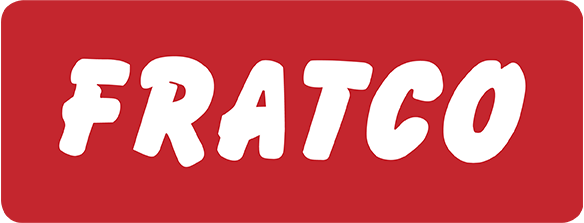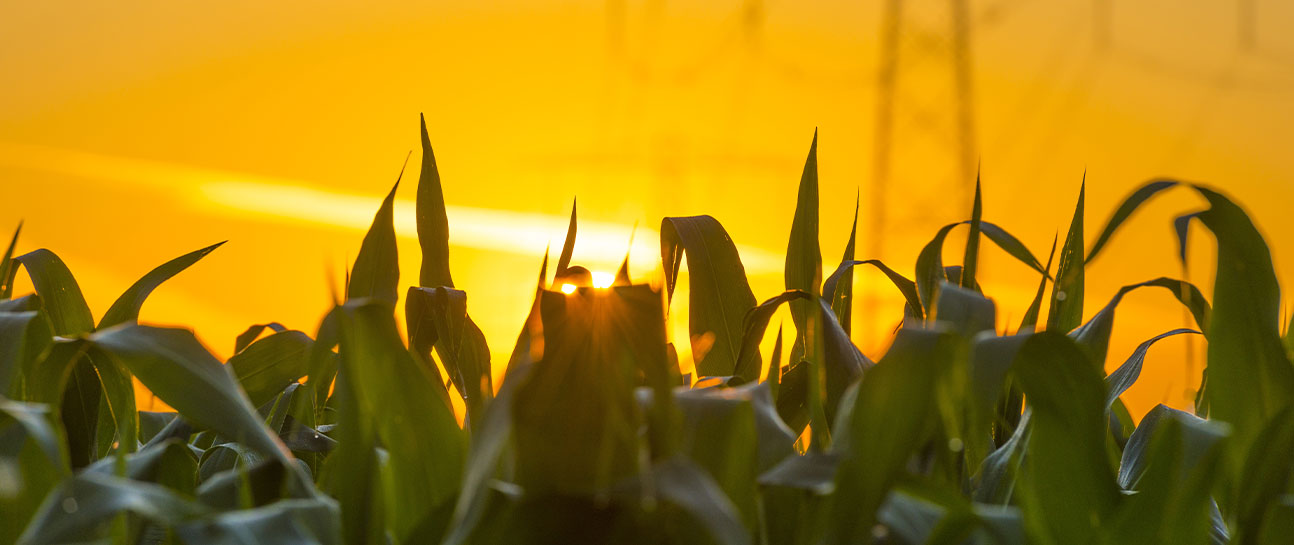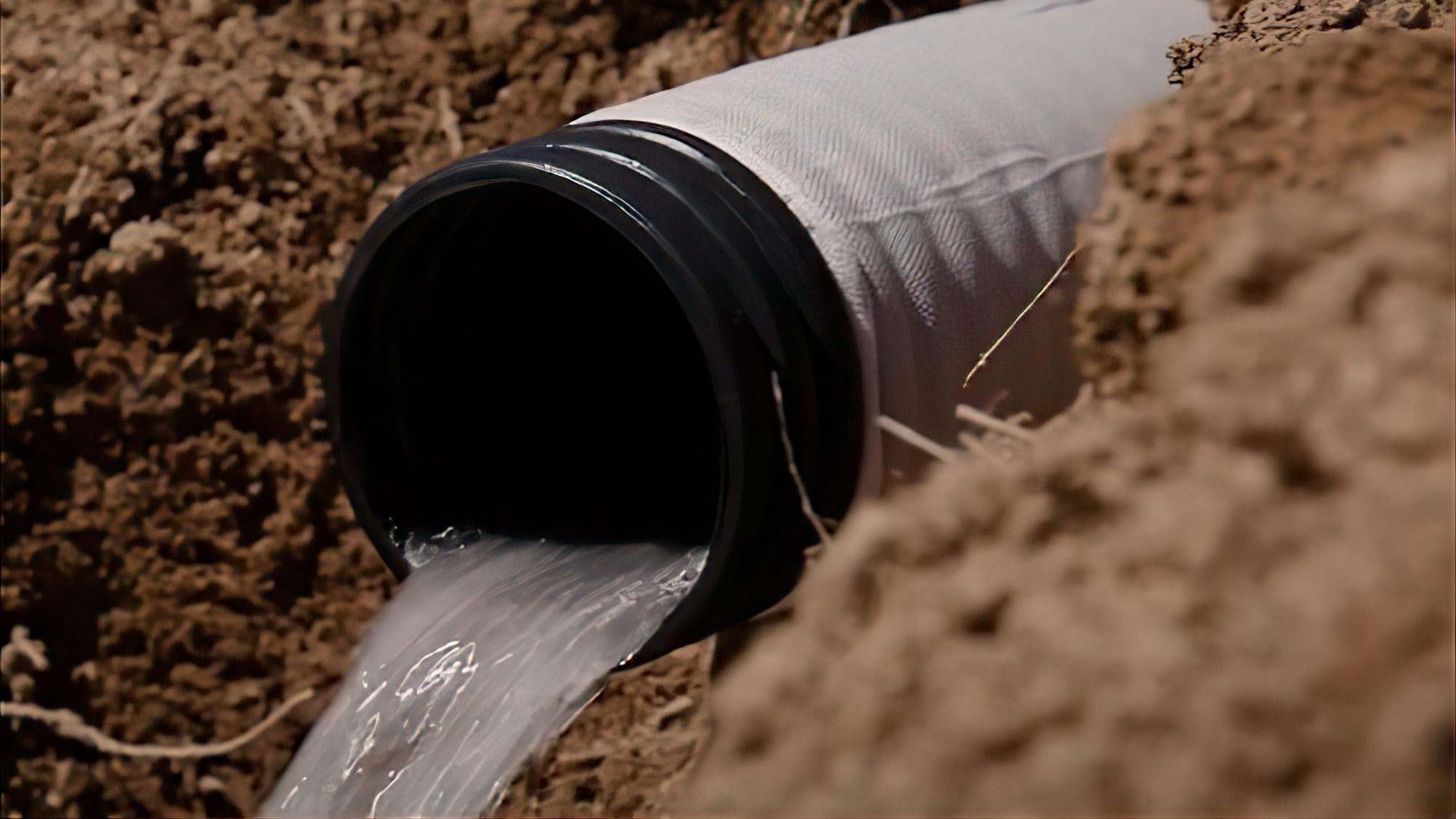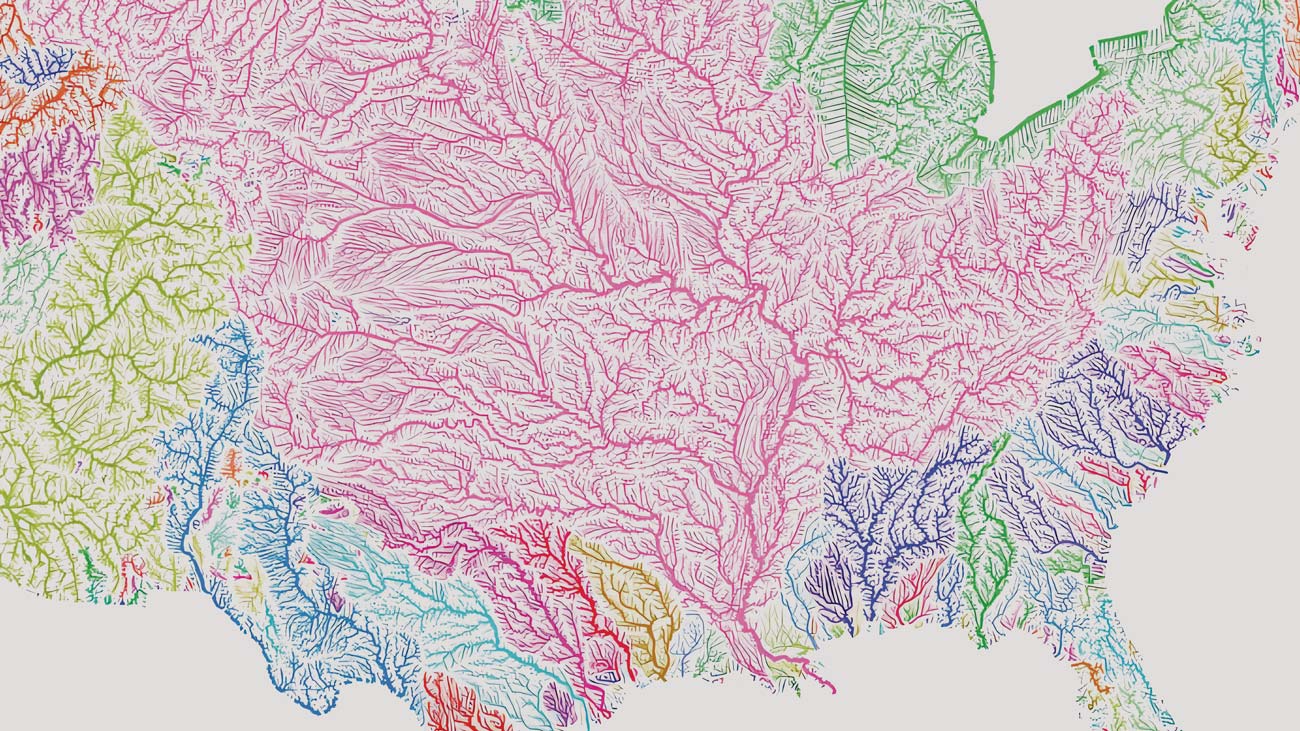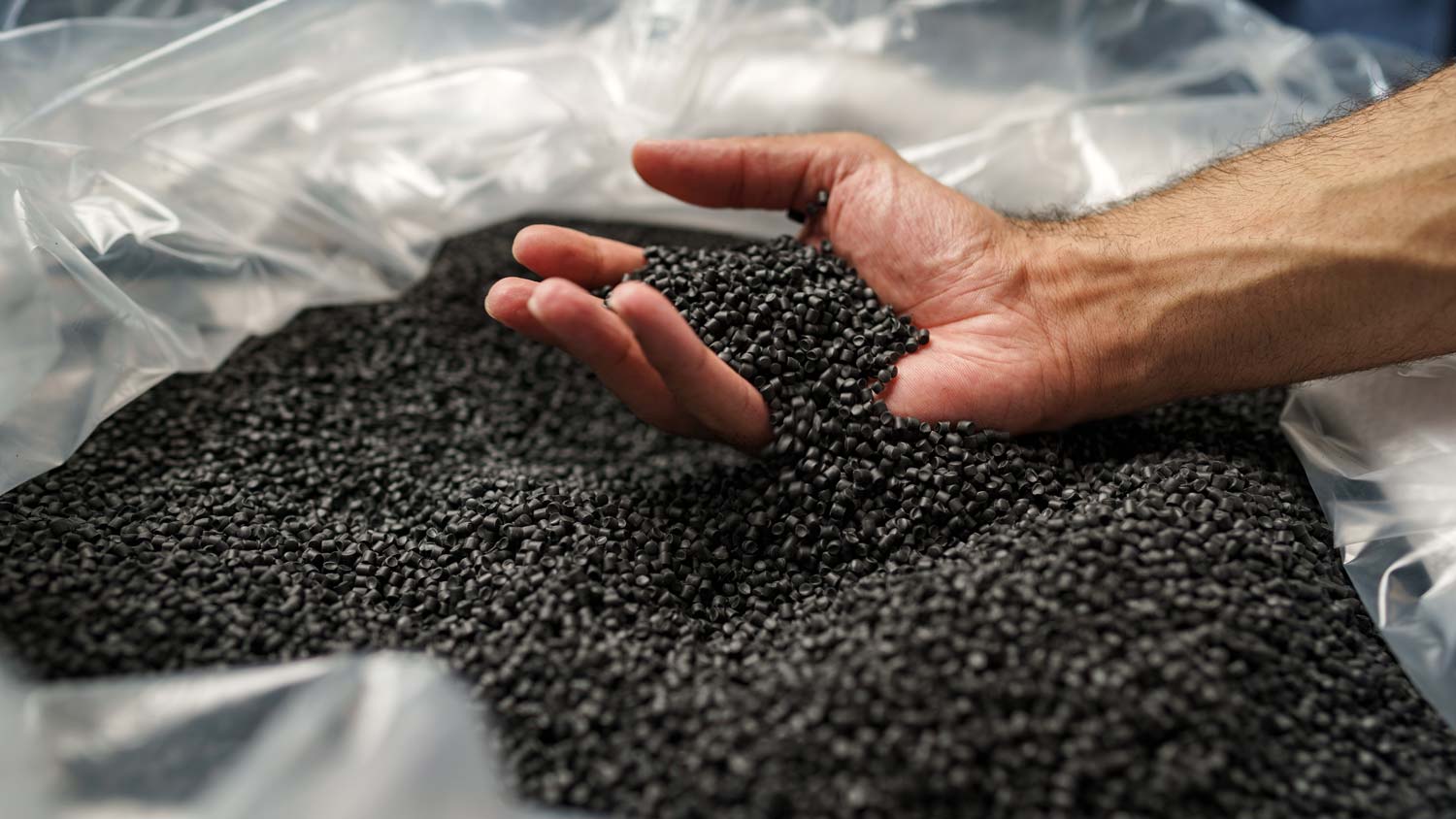As seen in the Tried & True Summer 2021 issue
Farming seems like a pretty simple process, right? Till the soil, plant seeds, nurture plants and, finally, it’s harvest time. If farming were that easy, growers would be delighted, and their yields would thrive no matter the climate, weather or terrain; a little piece of heaven on earth.
The world of agriculture is complex. The last thing farmers want is all their hard work happening in vain if the ground is not up to par to meet crop needs. From operational logistics and keeping an eye on changing weather to the science of growing and best commodity choices for the year, it’s complicated. One of those complications is soil conditions, and understanding what your soil is composed of means working smarter, not harder.
There are six soil types: sand, clay, silt, peat, chalky and loam. Although the earth provides natural resources and vital nutrients for plants, challenges and limitations can abound without proper drainage. Installing pipe is the logical step for sites and areas contending with wetter soil conditions. But why would pipe be necessary for areas of the US where retaining groundwater seems more critical than whisking it away? That’s where Fratco drainage solutions come in.
Drainage systems can benefit sites even during dry years. It may seem counterintuitive, yet parched fields surviving a season of drought can flourish and benefit from having the correct drainage in place. Groundwater stored beneath pipe installation remains untouched—reserves at the ready when needed.
Pipe removes excess water only, not every drop, so plenty remains for healthy plant growth. In addition, advancements in controlled drainage allow farmers to utilize their pipe for potential water storage.
Adding pipe to your infrastructure when a dry summer is forecasted is a plus. It’s a solid investment in the property and future business. When you have the perfect pipe for your soil type, plant root systems thrive, meaning better yields and an excellent return at market. Fratco hears time and again how farmers have recouped their investment—and then some—after installing drainage. It matters most at market time when there’s more product to sell and increased productivity adds value to land too. For growers and their businesses, that means everything.
Poor drainage can be a problem in humid and dry areas of the country, and both nature and humans play a major role. Layers of soil can be semi-permeable or impermeable, meaning water is partially or entirely blocked from passing through to water root systems. Overwatering and improper irrigation cause issues too. If your property is close to a water source—like a reservoir or along the coast—it affects natural drainage capacity. Canal seepage loss happens when adjacent land experiences downward and lateral water movement into the soil, then rendered useless for irrigation. All of these situations present major problems. Access to water stores means everything whether you’re in the business of ag or not.
Living in coastal areas and southern states means high water tables
with ranges falling between 10 to 100 feet above sea level. Area farms, residences and commercial construction benefit from installing drainage. Water table management allows the water supply to be maintained and controlled. Unfortunately, it’s impossible to change the overall water table height. However, you can change the conditions underground so crops flourish. Drainage makes a big difference when you’re battling the elements. Stay a step ahead of problems before they become major issues with Fratco. We’re here to help!
